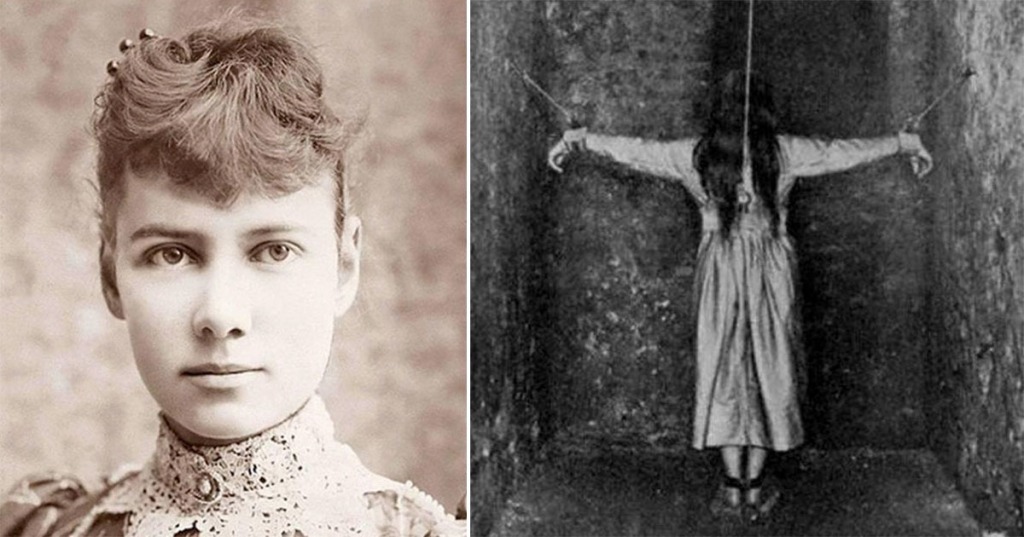Are you ready to delve into the mysterious world of asylums and explore the lives of some famous patients or inmates? Join us on this thrilling journey as we uncover the stories behind these individuals who were once hidden away from society’s gaze. From artists and poets to criminals and political dissidents, these asylums housed a diverse range of people throughout history.
Our first stop takes us back to the early 20th century when Nellie Bly, an intrepid journalist, went undercover in New York’s notorious Blackwell’s Island Insane Asylum. In her groundbreaking exposé, Bly shed light on the deplorable conditions and abuse suffered by patients there. Her courageous act paved the way for significant reforms in mental health institutions across America.
Moving forward a few decades, we come across Vincent Van Gogh, one of history’s most celebrated painters. After suffering from severe depression and erratic behavior, Van Gogh voluntarily admitted himself to Saint-Paul-de-Mausole asylum in France. During his time there, he continued painting prolifically, producing some of his most iconic works such as “The Starry Night.” His struggles with mental illness have since become interwoven with his artistic legacy.
In another corner of Europe during World War II, Polish poet Anna Świrszczyńska found herself confined within an asylum due to her involvement with underground resistance activities against Nazi occupation. Despite being silenced by her captors for years, she managed to secretly write powerful poems that expressed both her personal anguish and defiance against oppression. These verses later became symbols of hope for many.
Turning our attention towards criminal inmates within asylums brings us face-to-face with infamous figures like Charles Manson. Known for orchestrating a series of brutal murders in 1969, Manson was eventually apprehended and sentenced to life imprisonment at California State Prison but spent much time in psychiatric facilities too due to his manipulative nature and psychological issues. His dark charisma continues to captivate the public’s imagination, making him an enduring symbol of evil.
Shifting gears, we encounter Mary Todd Lincoln, wife of President Abraham Lincoln, whose mental health deteriorated significantly after her husband’s assassination. Plagued by grief and depression, she was committed to Bellevue Place Sanitarium in Illinois for a period. Despite her struggles, Mary played a pivotal role in preserving her husband’s legacy and advocating for his political agenda.
No exploration into asylums would be complete without mentioning Sybil Dorsett, the pseudonym given to Shirley Mason to protect her identity. Diagnosed with dissociative identity disorder (DID), Mason underwent intensive therapy sessions while being treated at various psychiatric institutions during the 1950s and 60s. Her story became widely known through the book “Sybil” written by Flora Rheta Schreiber, shedding light on this complex disorder that fascinated both professionals and the general public alike.
Our final stop takes us to Alcatraz Island in San Francisco Bay—a place notorious for its high-security prison rather than an asylum. However, it served as a temporary holding facility for mentally ill prisoners who required evaluation before transfer to other institutions. The harsh conditions within these walls led many inmates toward severe mental health issues or exacerbated pre-existing ones.
As we conclude our tour of famous patients or inmates of asylums throughout history, it becomes evident that these stories are not just accounts of confinement but also tales of resilience, creativity, tragedy, and hope amidst adversity. Exploring their lives allows us not only to reflect on past treatment methods but also encourages empathy towards those struggling with mental illness today.

Leave a comment